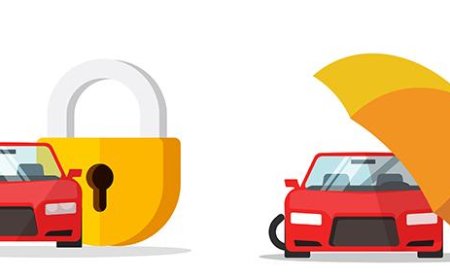Burning Questions: What Are the Different Types of Fuels?

In our fast-moving world, energy is essential. Whether it's powering vehicles, generating electricity, or cooking a meal, fuels play a crucial role in keeping everything running. But not all fuels are the same. They come in different forms, are derived from various sources, and have unique environmental impacts. This article explores the main types of fuels: solid, liquid, gaseous, and alternative fuelseach vital in its way.
1. Solid Fuels
Solid fuels are some of the earliest forms of energy used by humans. They are easy to store and transport but are often less efficient and more polluting than other types.
-
Wood: One of the oldest known fuels, wood is still widely used for cooking and heating, especially in rural areas. While renewable, excessive use can lead to deforestation.
-
Coal: A fossil fuel formed over millions of years, coal has powered industries and electricity for centuries. It provides high energy output but is a major contributor to air pollution and greenhouse gases.
-
Biomass: Includes organic materials like agricultural waste, dried animal dung, and sawdust. Biomass is considered renewable and, when used efficiently, can be a cleaner alternative to coal.
2. Liquid Fuels
Liquid fuels are popular because they are energy-dense and easy to store and transport. Most are used in transportation and industry.
-
Petrol (Gasoline): The most common fuel for cars, it is quick to ignite and widely available but contributes significantly to air pollution and carbon emissions.
-
Diesel: Used in trucks, buses, and heavy machinery, diesel is more energy-efficient than petrol but produces higher levels of certain pollutants.
-
Kerosene: Often used for heating, lighting, and jet fuel, kerosene is useful in areas without reliable electricity.
-
Biofuels: These include ethanol (made from sugarcane or corn) and biodiesel (from vegetable oils or animal fats). They are renewable and produce fewer emissions than fossil fuels, making them more environmentally friendly.
3. Gaseous Fuels
Gaseous fuels are efficient and clean-burning, making them a popular choice for both households and industries.
-
Natural Gas: Mainly composed of methane, it is used for heating, cooking, and power generation. It emits less carbon dioxide than coal or oil but is still a fossil fuel.
-
Liquefied Petroleum Gas (LPG): A mix of propane and butane, LPG is commonly used in homes and small businesses for cooking and heating.
-
Hydrogen: A clean and powerful fuel, hydrogen produces only water vapor when burned. Its seen as a fuel of the future, especially for use in fuel cells and electric vehicles.
4. Alternative and Renewable Fuels
As the world moves toward sustainability, alternative fuels are gaining popularity.
-
Electricity: When generated from renewable sources like solar or wind, electricity becomes a clean energy source, powering everything from homes to electric cars.
-
Solar, Wind, and Hydropower: Though not fuels in the traditional sense, these energy sources help reduce reliance on fossil fuels.
Conclusion
The world of fuels is diverse and evolving. While fossil fuels still dominate, the shift toward cleaner and more sustainable options is gaining momentum. By understanding the types of fuels and their impacts, we can make smarter energy choices for a greener future.
































